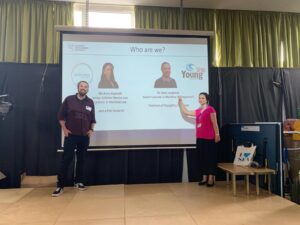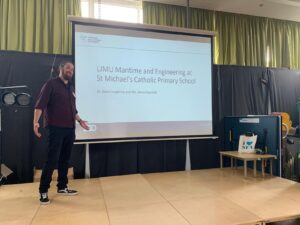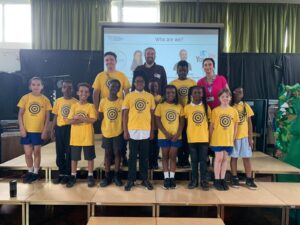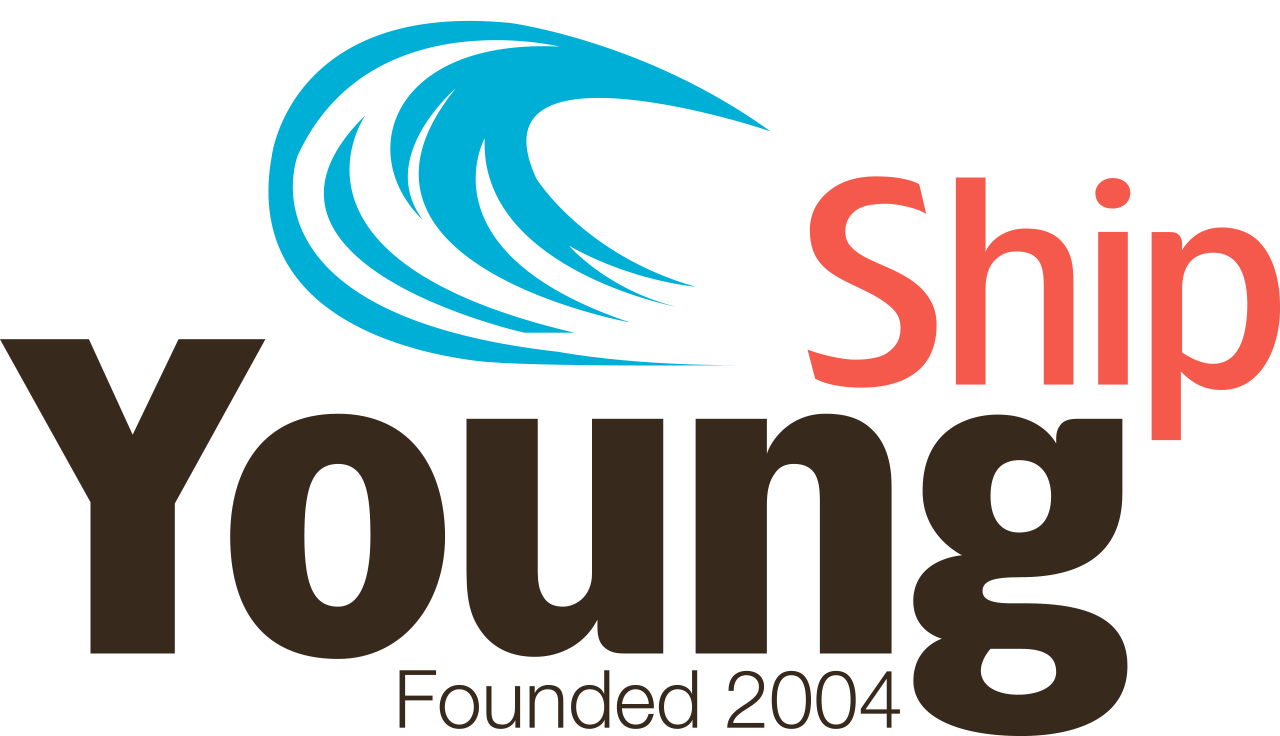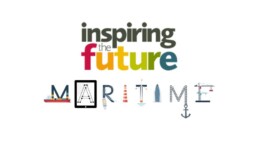YoungShip Unites: A Nor-Shipping Tale
31 May 2025 - The salty tang of the Oslofjord lingered in the air as members from YoungShip branches around the world gathered in Norway for Nor-Shipping. Among them was the vibrant and enthusiastic team from YoungShip Liverpool!
Wishing everyone a safe, engaging, thought provoking and successful Nor-Shipping 2025!
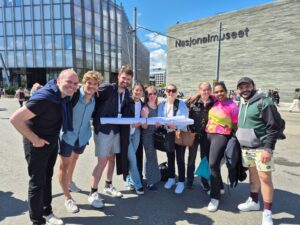
Maritime Geospatial Data Science
29 May 2025 - YoungShip Liverpool had the pleasure to listen to Dr. Cattrell from Lloyd’s Register, hosted by the Royal Institution of Naval Architects (RINA), looking at the use of hexagonal spatial indexing (specifically, Uber’s H3 library) and unsupervised machine learning techniques to analyse maritime location data, particularly AIS (Automatic Identification System) data. The presentation explores the technical rationale for using hexagons in spatial analysis, the implementation of clustering algorithms for detecting maritime features, and the downstream business and policy applications of these technologies.
Key Points Covered:
Why Hexagons?
Hexagons are preferred for spatial tiling because they tile space efficiently, have consistent neighbour relationships, and approximate circles better than squares or triangles. This makes distance calculations more uniform and reduces spatial errors when covering irregular polygons.

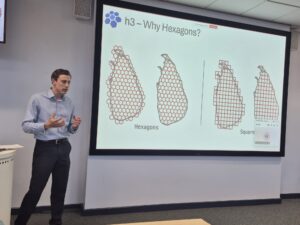

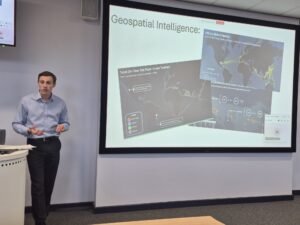 H3 Library Overview:
H3 Library Overview:
Uber’s open-source H3 library is highlighted as a fast, flexible tool for spatial indexing, with bindings for various programming languages. H3 represents spatial tiles as 64-bit integers and provides functions for converting between geographic coordinates and H3 cells, finding neighbours, calculating distances, and covering polygons with hexagonal cells.
Clustering with DBSCAN:
The DBSCAN algorithm is used for unsupervised clustering of AIS points to detect features like berths and anchorages. DBSCAN is chosen because it does not require specifying the number of clusters, can find arbitrarily-shaped clusters, and is robust to noise—important for noisy maritime data. However, it struggles with varying data densities and large datasets.
Combining H3 and Clustering:
To address DBSCAN’s limitations at scale, the workflow partitions the data using H3 cells, constructs a graph of connected cells, and applies connected components analysis. This breaks the global clustering problem into smaller, more manageable subproblems, which can be processed in parallel using distributed computing frameworks like Ray and Spark.
Business and Policy Applications:
The resulting data enables detailed analytics on vessel movements, berth occupancy, waiting times, and anchorage usage worldwide. These insights support advisory work for ship owners, operators, charterers, and policymakers, including decarbonization strategies and planning for alternative fuel infrastructure (e.g., ammonia, methanol bunkering).
Integration with AI and LLMs:
The clean, structured dataset allows for the deployment of large language models (LLMs) and AI agents, enabling natural language querying of maritime analytics without requiring technical skills. This democratises access to complex analytics across business roles.
ShipCon 2024
Bringing an international crowd with a long waiting list. This year is extra special due to it being Youngship's 20-Year Anniversary!!
Now represented by 37 branches worldwide and 5,000 members! 🌍🌎🌏🚢⚓
From 20th – 22nd August 2024, YoungShip Norway took us on a deep dive into the maritime industry while providing excellent networking opportunities through spectacular social events.
(Pictures courtesy of Matt Treadwell - YS Liverpool)


















Aspire and Achieve at St. Michaels CP School - June 2024
“You can’t be what you can’t see”
In June 2024 YoungShip Liverpool Chair, Dr. Sean Loughney, visited St. Michael’s CP School in Liverpool with my colleague Anna Kaparaki (MacKinnons Solicitors) to talk to the pupils about our jobs in the Maritime Industry. We talked about:
✔️Who we are?
✔️How did we get in this point in our lives?
✔️Our qualifications
✔️How hard we had to work to get to where we are?
We are overwhelmed by the active participation of around 90 pupils (aged 8 to 10) who were in the classroom on the day.
The pupils learned a lot about the shipping industry and we felt particularly energised by their active participation and their smart questions. Well done to the pupils!
Despite its wealth of exciting roles and future growth, the maritime sector does not have the strong awareness amongst schools and young people that it should.
Inspiring the Future Maritime has partnered with Maritime UK to connect volunteers from the maritime sector with young people in the classroom, providing the opportunity for inspirational career journeys to be shared, to broaden horizons and raise aspirations of the next generation.
As Maritime UK ambassadors (at Liverpool John Moores University) we are thrilled about our role to inspire the young generation and showcase through our own experience that working in Maritime is exciting, rewarding and unlike any other industry.
Many thanks to the Learning Mentor of St Michael's Primary Catholic School in Liverpool Mr Matthew Smith and his colleagues for hosting us! Congratulations for your Aspire and Achieve event 👏🏻
✔️Find out more about the Maritime UK sector -wide industry ambassador programme for schools and colleges :Inspiring the future Maritime here: MaritimeUK
